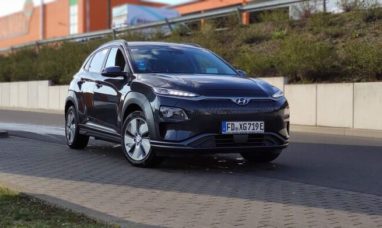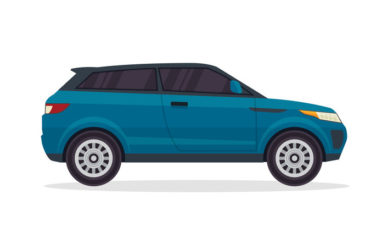Buying a new car is a very expensive endeavor. Expect a new car to cost more than $34,000 on average, though the price can vary. Beyond the purchase price, new automobile owners must account for loan interest payments, maintenance fees, insurance, and a wide range of other charges.
More and more people are seeking good alternatives to buying a new car as a result of the rising cost of new goods. Here are five alternatives to buying a new car that you should take into account.
1. Purchase a used vehicle
The best alternative to buying a new car is opting for a used one. On average, a new car fetches around $9,000 of its original value due to depreciation by the end of its first year on the road.
You could save thousands of dollars by purchasing a car that is only one or two years old. Considering that you will always be the owner of the vehicle, buying a used car is just as simple.
When you buy a used car, you can save a lot of money and have a larger selection of cars to choose from. The drawback is that a used car will probably require more maintenance than a new one. Since loans for used cars usually have higher interest rates than manufacturer incentives on new cars, buying a used car will also make it harder for you to get better financing.
2. Lease Your Next Vehicle
Leasing a new vehicle is an excellent alternative to owning one. You can maintain and use an automobile for a while without actually owning it by leasing it. This is better than owning a car because you won’t have to sell it later. Instead of dealing with the headache of setting up a sale or trade-in, you’ll just return it to the dealership that leased it to you.
Leasing has its own up-front expenditures, such as a first-month payment, a down payment, and a number of lease-related fees. The ensuing monthly payments are where leasing turns out to be financially advantageous, though. Since you won’t own the car outright, you’ll have to give it back at the end of the lease. This means that your lease payments will likely be much lower than loan payments on the same car. Leasing is pretty convenient because you can keep the car and use it for a long time.
The advantages of leasing include low monthly payments. Unless the car has unusual wear and tear, most maintenance is done by the manufacturer or leasing dealer. On the downside, you will eventually have to return the vehicle. Most leases also have mileage restrictions that make them unworkable for customers who use their cars frequently.
3. Auto Subscriptions
Even though they are still pretty new, vehicle subscription services offer an interesting and useful alternative to buying a new car. With automobile subscription services, you can drive the cars that a manufacturer offers for a monthly cost with no down payment or interest charges. Due to not having to pay interest, that cost might be less than a monthly car payment. Be warned, though, that monthly costs for car subscription services can range from only a few hundred dollars to around $2,000 for high-end luxury manufacturers.
Most of the time, these services let you change the car you’re driving on a regular basis. This makes them more flexible than traditional leasing options. For those who don’t feel comfortable haggling over prices, car subscription services may be a preferable alternative to buying new because their payments are fixed. When trading in one car for another, using these services can be a little challenging, but the majority of them provide a respectable level of service.
Subscription-based car rental models offer a lot of flexibility. The problem with them, though, is that exchanging cars can be hard, and some companies charge high prices. Additionally, it is important to keep in mind that not all areas of the United States currently provide automobile subscription services because they are still relatively new.
4. Making use of a ride-sharing service
Uber and Lyft are two very practical alternatives to buying a car. The fact that the driving will be done for you is ridesharing’s most obvious benefit over purchasing, leasing, or even subscribing to a car.
The best thing about ridesharing is definitely how convenient it is, while the worst thing is how long it takes for drivers to get to your location. But if you use ridesharing, you won’t have to pay any fees for car maintenance like you would if you owned a car. This is another benefit.
5. Car Pooling
A solution that sits in between standard rental agreements and ridesharing is car sharing. Car-sharing companies rent out parking spots in different parts of cities and leave cars there that people can borrow for short periods of time. You can quickly reserve one of these vehicles by logging into your car-sharing app and then going to pick it up. With this system, you can pick up your rental automobile at a convenient place at any time of the day or night. As a result, this approach is fairly user-friendly even if it still necessitates some work from you.
Convenience and a lack of maintenance costs are two benefits of this arrangement. A car-sharing arrangement is a terrific way to get a car when you truly need one without having to maintain, insure, and store it the rest of the time if you live close to work and don’t need to drive much. However, just like with other models that don’t include direct ownership or long-term possession of the car, booking and picking up the car might be a hassle, particularly if you aren’t already close to the pickup place via easy walking. These are just a few of the practical alternatives to getting a new car that is currently offered. One of these options can allow you to buy a new car while saving money if you’ve been considering doing so.
Featured Image: Freepik © storyset







